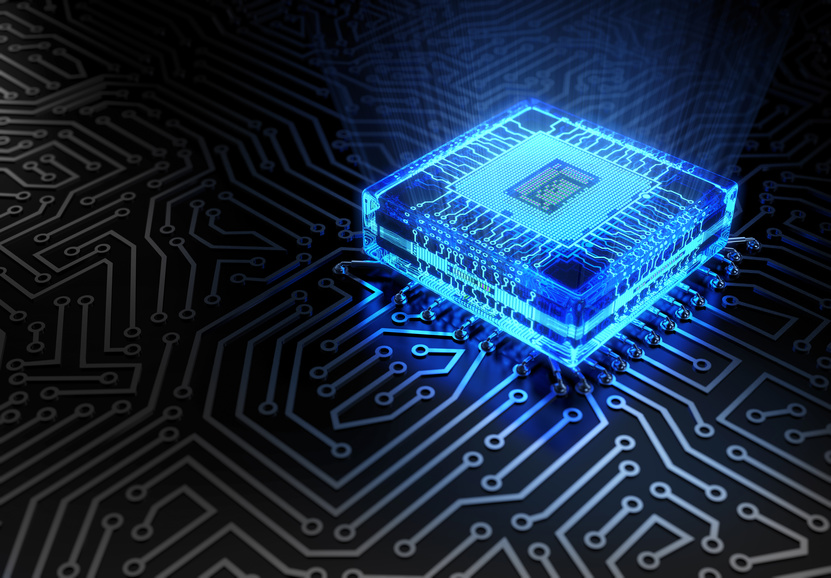How Are Circuit Boards Made?

If you use any sort of electronic device in your home, at work, in the car, or anywhere else, you depend on the printed circuit board. A printed circuit board mechanically supports the connections between the components of any electronics by providing pathways for electrical signals to pass. Printed circuit board assembly usually consists of a printing conductive pathways, often from copper, onto a non-conductive board material.
What is the First Step in PCB Assembly?
Today’s printed circuit board assembly is usually begun with computer design. Board designers use software that lays the circuit out in the right way, and the use of computers allows space between paths in PCB fabrication to be as small as 1.0 mm or less. Once a circuit has been designed, a prototype PCB service will print just a few for testing and inspection.
What Kinds of Designs Can be Made?
With modern computer software and manufacturing methods, there are almost no limits to printed circuit board design. Circuit boards can be made in multiple layers, the most common being four layers, six layers, eight layers, and 10 layers. It’s possible to make more than 42 layers for very complex electrical circuits. Boards can also be designed double-sided, using either through-holes or surface mounts to let the two sides connect.
What Can Machine Assembly Achieve With Printed Circuit Board Assembly?
Circuit board assembly now takes just a fraction of the time it took a few years ago. PCB assemblers can often go 75% faster than human assembly, and an automatic assembly line can place and solder, better and more consistently, more boards than 50 human operators. The right machine and oven can turn out 50,000 parts or more per hour.
What Must be Taken Into Consideration in Printing?
For printed circuit board assembly, temperature is key. The temperature will affect the quality of the solder, which in turn determines the reliability of the whole board. Temperatures cannot rise too quickly during soldering or the component will deform. It’s also crucial that the copper be laid in just the right thickness and amounts, and heavy copper PCB can need more than three ounces of copper in certain layers. Finally, transistors must be laid with perfect accuracy, which is harder as they grow smaller. Automatic printed circuit board assembly is able to accurately lay transistors nearly every time, and as transistors are predicted to shrink to as small as a single nanometer, microscopic precision is essential.
We rely on the circuit board to do nearly everything in the modern world. Even the simplest devices need accurately printed, high-quality boards to allow all the electronic components to accurately communicate with one another. Thankfully, companies exist that can provide high-quality PCP assembly service!
